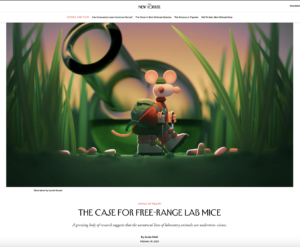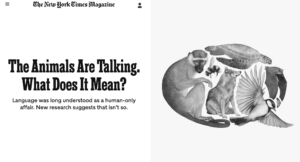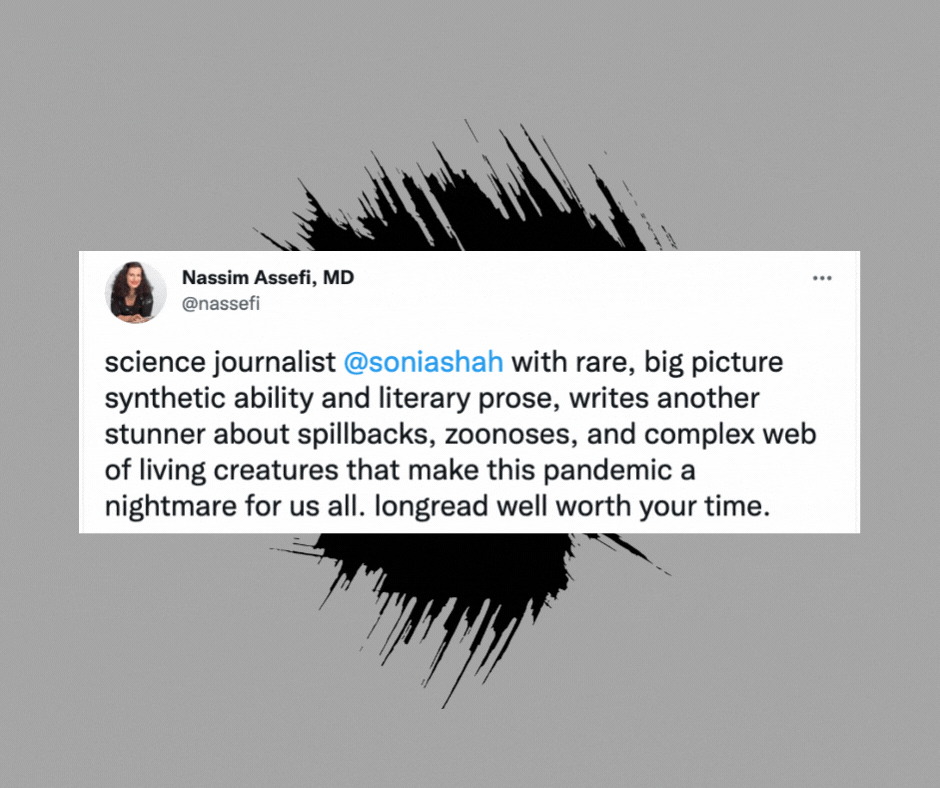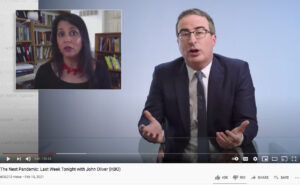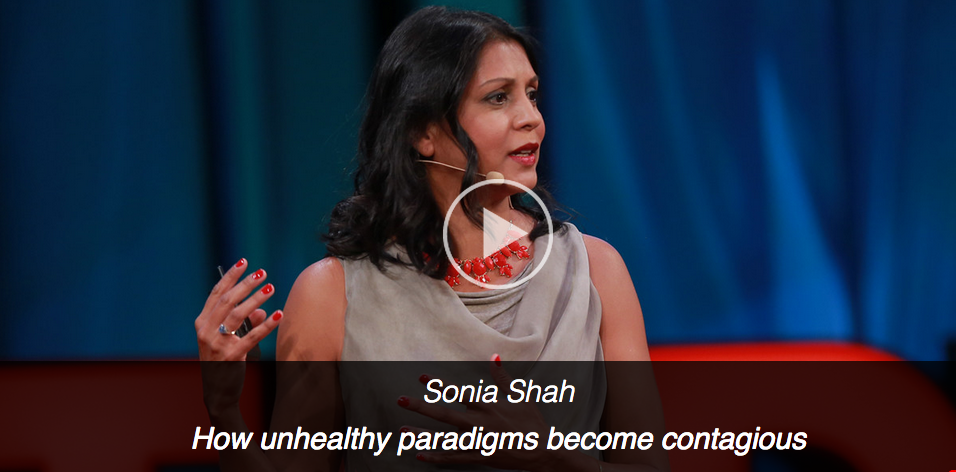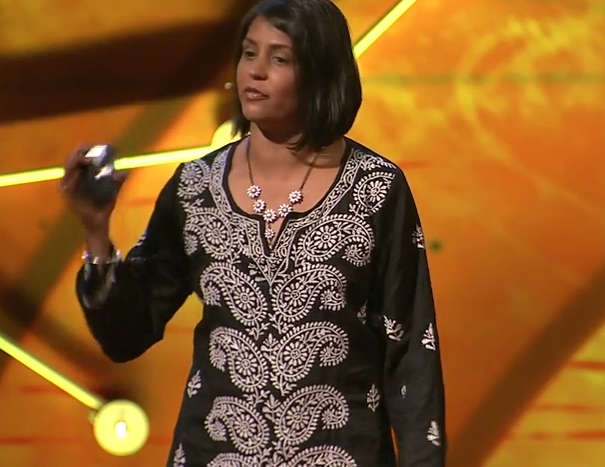Reviewers in the mainstream media have been really kind to “The Fever,” for which I’m tremendously grateful, as their comments are getting the book out into the world. But I’ve awaited reviews from scientific journals with the most trepidation. Not only because the scientific community is notorious for its harsh judgments–scientists rarely give unreserved approval, especially when called upon to critique–but because I really wanted to get the science of malariology right in the book. And they’d be the ones to know if I had.
The journal Nature is one of the world’s most prestigious science journals and certainly the world’s most cited one. It’s also unusual in being a general-interest weekly. Dr Awa Marie Coll-Seck is the former minister of health of Senegal and the director of the world’s foremost international malaria campaign, Roll Back Malaria. So it was a great honor for Nature to choose, out of the scores of books written about science, to review The Fever, and for Coll-Seck to write the review. Sort of like E.O. Wilson reviewing a popular book on ants. Or Bill Gates reviewing a popular book on technology. And by and large, Coll-Seck seems to have enjoyed it–
“In The Fever, journalist Sonia Shah makes sense of the multifaceted history of this harrowing disease and our response to it….By describing malaria’s role in the rise and fall of peoples, cities and civilizations, the book reveals the massive imprint of this disease on health and life expectancy, politics, commerce and war….The Fever clearly traces the growing understanding of the causes, transmission and prevention of malaria….Shah astutely points out that many of the challenges that stalled past efforts have yet to be overcome….Shah’s ultimate message is spot on: that the fight against malaria is complex. Ending it, as she says, is tough and unlikely to happen in our lifetimes.”
Coll-Seck takes issue with my critique of Roll Back Malaria–the organization she directs–which is understandable. It would not be fitting for her to admit to its well-documented weaknesses. Of course, I stand by my analysis, regardless. What I was most struck by in her review is that she agreed fully with my account of the science and history of malaria. A great relief and validation!
The New Scientist is another general-interest science weekly, although unlike Nature it does not publish peer-reviewed work. They contacted the head of Medecins Sans Frontieres’ malaria program to review The Fever. That he, a frontline malaria warrior, enjoyed the book, without reservation, is especially gratifying.
“Raw, vivid…Shah presents a fascinating history….The Fever is a mine of information, drawing on diverse accounts from medical experts and field workers. This is an important book on the historical lessons we must not forget and the mistakes we are still making today in the battle against what remains a formidable killer.”
Read more reviews, including some complete ones, here.
 My story on the problem of pharmaceutical residues in the environment–which has led to the mass poisoning of vultures in South Asia–is now up on
My story on the problem of pharmaceutical residues in the environment–which has led to the mass poisoning of vultures in South Asia–is now up on 



